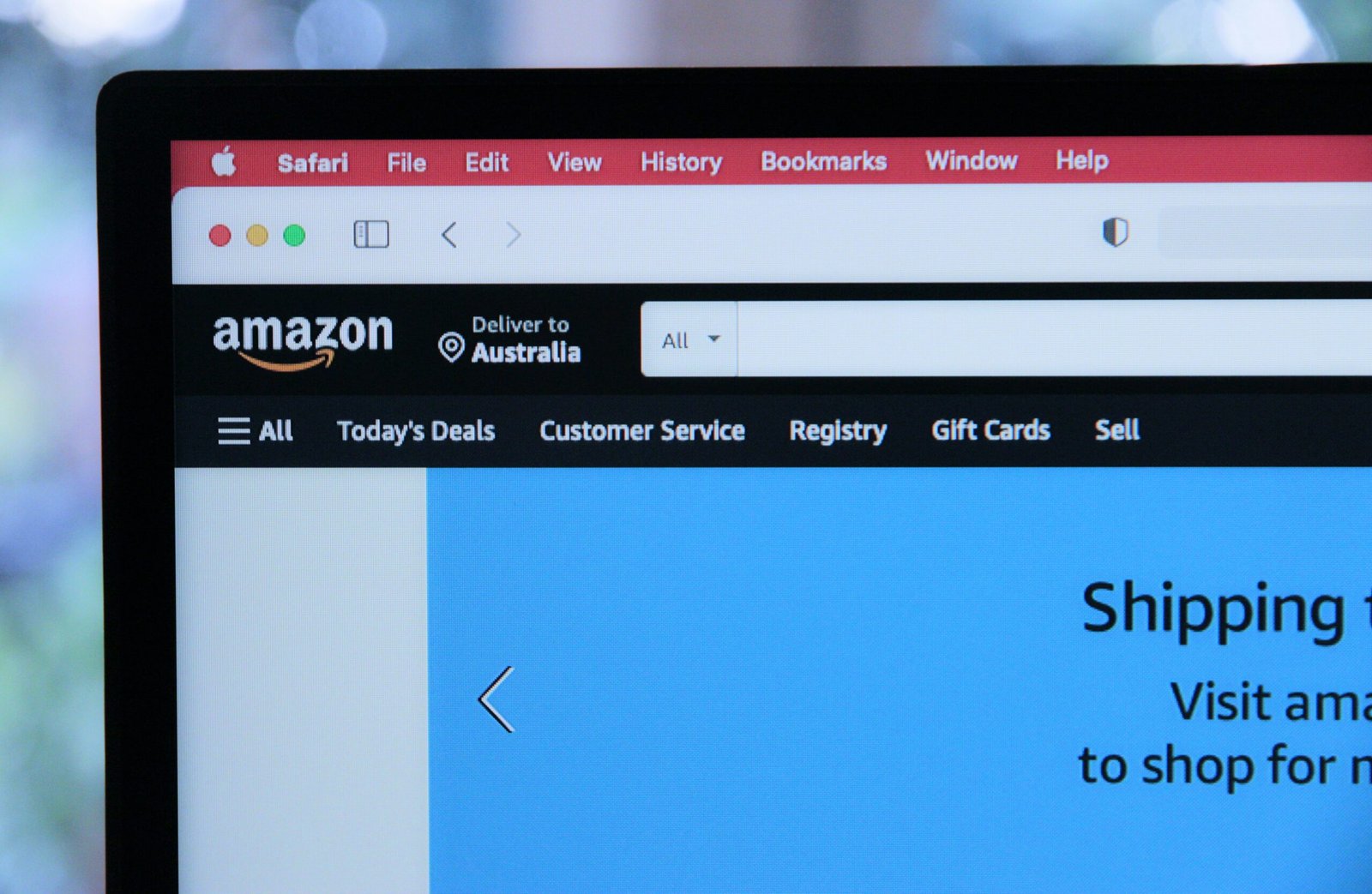
Amazon has been expanding its logistics network at an unprecedented pace, solidifying its dominance in e-commerce by focusing on faster delivery options. In recent years, the company has invested billions into building its own delivery infrastructure, including an extensive fleet of planes, trucks, and even experimenting with drones. This shift towards controlling more of its supply chain allows Amazon to bypass traditional third-party logistics providers like UPS and FedEx, reducing reliance on external companies and tightening control over delivery times. With its continued push for one-day and same-day shipping, Amazon is reshaping customer expectations and placing significant pressure on competitors to keep up with its rapid fulfillment capabilities.
However, this rapid expansion comes with challenges. As Amazon grows its delivery network, it faces increasing scrutiny over working conditions in its warehouses and among its delivery drivers. Reports of demanding quotas, worker burnout, and injuries have led to criticism from labor groups and public officials. In response, Amazon has begun to implement changes, such as introducing robots and automated systems to reduce strain on workers and increase efficiency. Despite these efforts, the company continues to face pressure to improve conditions and wages, especially as it relies heavily on a contracted delivery workforce.
At the same time, Amazon’s investment in logistics is also being driven by its desire to capture a larger share of the third-party delivery market. Through its “Buy with Prime” initiative, Amazon is offering other businesses the ability to use its logistics and delivery network for their own products, even if they are sold outside of Amazon’s platform. This move positions Amazon not just as a retailer but as a logistics powerhouse that can handle the end-to-end process for any e-commerce company. By leveraging its scale and expertise, Amazon aims to dominate the delivery industry, extending its influence far beyond its own marketplace.
While this aggressive strategy helps Amazon maintain its edge, it also raises concerns about monopolistic practices, as the company continues to expand its control over both the retail and logistics sectors. Regulators in the U.S. and abroad are keeping a close eye on Amazon’s practices, and there is growing debate over whether the company’s dominance is stifling competition and hurting smaller businesses. Despite these concerns, Amazon remains focused on innovation, continuing to explore new technologies that can streamline its logistics operations and further reduce delivery times for its customers.


